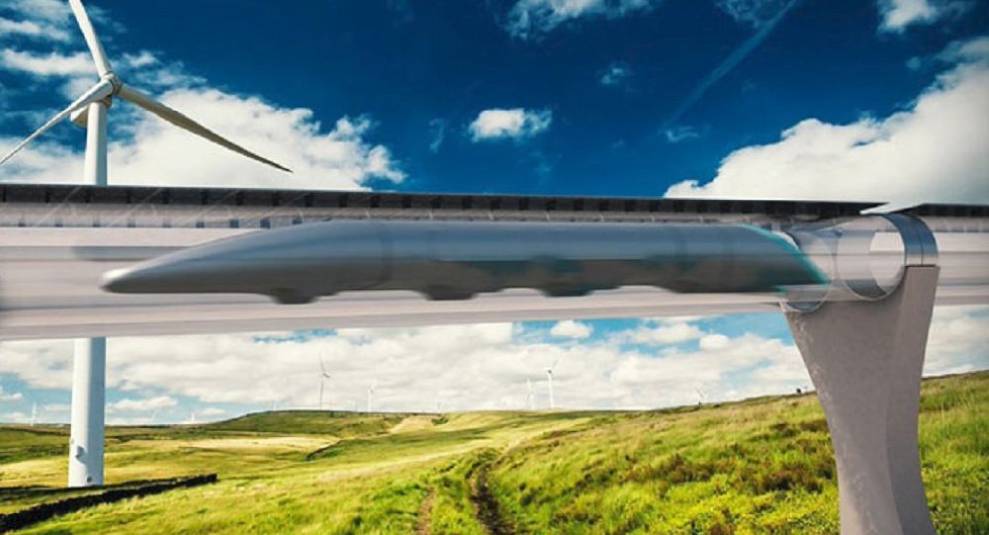×
The Standard e-Paper
Fearless, Trusted News

Echoes of the legendary “We choose to go to the Moon,” quote attributed to US President John F. Kennedy, rekindle memories of a defining era in science, whose apex was mankind landing on the moon for the first time.
Now, a momentous breakthrough is on the horizon.